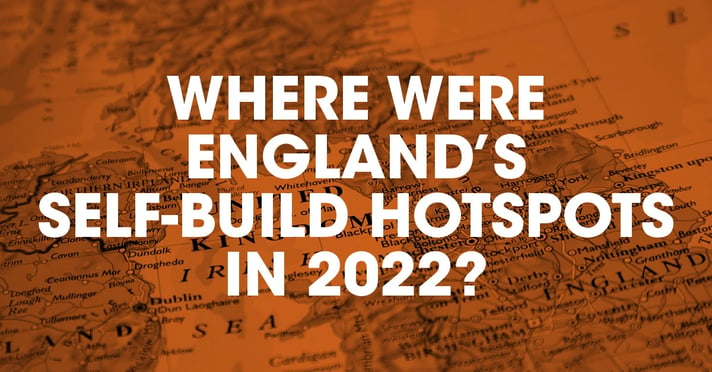Was there an increase or decrease in applications?
The number of applications for self-build plots in England has contracted by more than 34%, according to the latest data released.
That’s the lowest number of applications actually recorded, even lower than 2020’s data, which was heavily marred by the COVID-19 pandemic.
It’s not, however, the biggest dip on record. The gap between 2016-17 and 2017-18 was even more pronounced, at more than 36%.
The data starts in 2016, and we saw an initial glut of applications as demand poured into the system, which has then tailed away into the peaks and valleys we see now.
Was there an increase or decrease in permissions?
While there has been a significant decline in applications, permissions granted also dropped to the lowest levels recorded – even lower than during the pandemic, shrinking more than 20%.
As with applications, it’s not the biggest drop in permissions given since the new scheme was released. That dubious honour belongs to the gap between 2018-19 and 2019-20.
Applications versus permissions over time
The amount of permissions granted has consistently lagged behind the amount of applications across England since the introduction of the self-build register let us make these comparisons.
As we can see from the charts above, the cumulative trend has been that interest in self-build plots, across England, has outstripped the rate at which local authorities issue permissions.
Which areas were most popular for applications last year?
Wiltshire was 2021-22’s single most popular destination for a self-build application by individuals, receiving 338 applications. In return, the council issued permissions for 37 new self-build plots.
The other most in-demand areas were Leeds, the City of Bristol, South Cambridgeshire, and West Oxfordshire.
Which areas gave the most permissions last year?
Cornwall leads the pack, once again topping the chart of permissions given, issuing 237 permissions against the 24 new individual applications they received in the last year.
Elsewhere, Basingstoke and Deane, Buckinghamshire, North Somerset and North Devon have also driven to top of the table
What’s driving this most recent decline?
The National Custom and Self Build Association (NaCSBA) covered the initial release of this data, promising more in-depth coverage in time, but offering their initial reactions.
“The latest data is disappointing and reflects the obstacles put in place to registering by many local authorities, be it registration fees, local connection or financial tests,” said Peter Johns, CEO of NaCSBA.
Baddeley-Chappell, NaCSBA Policy Director, also said: “The drop in numbers joining the registers is a disappointment and we are in the process of undertaking a deep dive into the data. We do not believe the fall off is as a result of any reduction in the underlying desire of people to have a home built to their design and specification.
“We continue to see challenges from a proportion of planning authorities, that are contrary to the spirit and letter of the legislation – legislation that is being tightened to address some of the poor practice that have been identified. Factors such as COVID, inflation and cost of living challenges may also have had an impact.”
Notes about this data
For the purposes of focusing on the intention to build custom and self-build homes, we’ve taken group applications out of this data and presented applications made by individuals only.
These results are missing data from Buckinghamshire, Rotherham, and Hyndburn.
Talk to LABC Warranty about your next custom build
If you are planning to build your own dream home, talk to LABC Warranty about making sure your property enjoys the structural warranty coverage and technical expertise in building that it needs.


Have your say